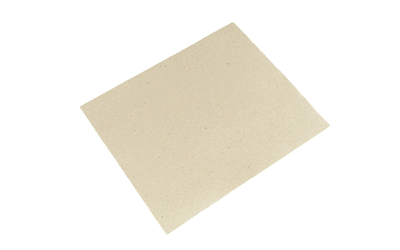What Is a Velocity Sensor?
A velocity sensor is used to measure the velocity of a liquid in a factory production line or a river.
A wide range of methods have been developed to measure flow velocity, such as measuring the momentum of fluid rotating an impeller, measuring the phase shift of ultrasonic waves caused by flow velocity, and measuring the amount of heat lost by the fluid.
Uses of Velocity Sensors
Velocity sensors are widely used in factories, environmental facilities, and residential facilities.
When selecting a flow sensor, consider whether the operating principle to be used does not affect the flow of the fluid, the range of flow velocity that can be measured, durability according to the temperature and type of flowing fluid, and ease of maintenance.
The following are examples of velocity sensors in use:
- Measuring flow velocity for river ecosystem studies
- Measurement of flow velocity of exhaust gas flowing through factory ducts
- Adjustment and control of flow velocity of chemical solutions
Principles of Velocity Sensors
The measurement principles of velocity sensors are divided into impeller type, ultrasonic type, and thermal type.
- Impeller Type
The impeller type consists of an impeller with a magnet attached, a coil to read changes in the magnetic field of the magnet, and a weight to direct the impeller in the direction of fluid flow. During operation, the impeller is rotated by the fluid flow, and the amount of rotation is transmitted by measuring the change in the magnetic field of the magnet attached to the impeller with a coil or the like and transmitting an electrical signal. - Ultrasonic Type
The ultrasonic type consists of an ultrasonic generator and receiver. The flow velocity is measured by the Doppler effect, which irradiates ultrasonic waves toward a flowing fluid and measures the amount of change in the phase of the ultrasonic waves bounced back by the fluid. It is characterized by non-contact measurement. - Thermal Type
The thermal type consists of a detection element that detects heat, such as a thermopile, and an amplifier. During operation, the temperature of the measuring section decreases due to fluid flow, and the flow velocity is calculated by measuring the amount of decrease. It is characterized by the fact that it is not easily affected by the type of fluid.

